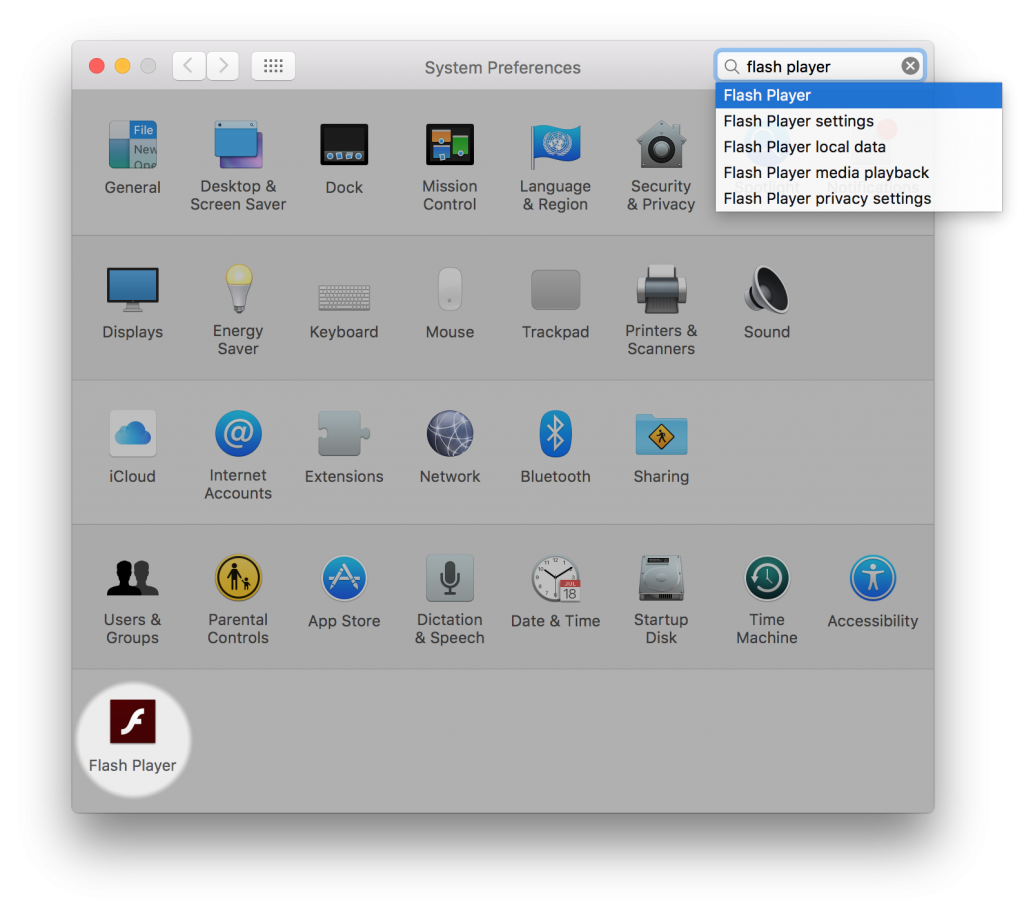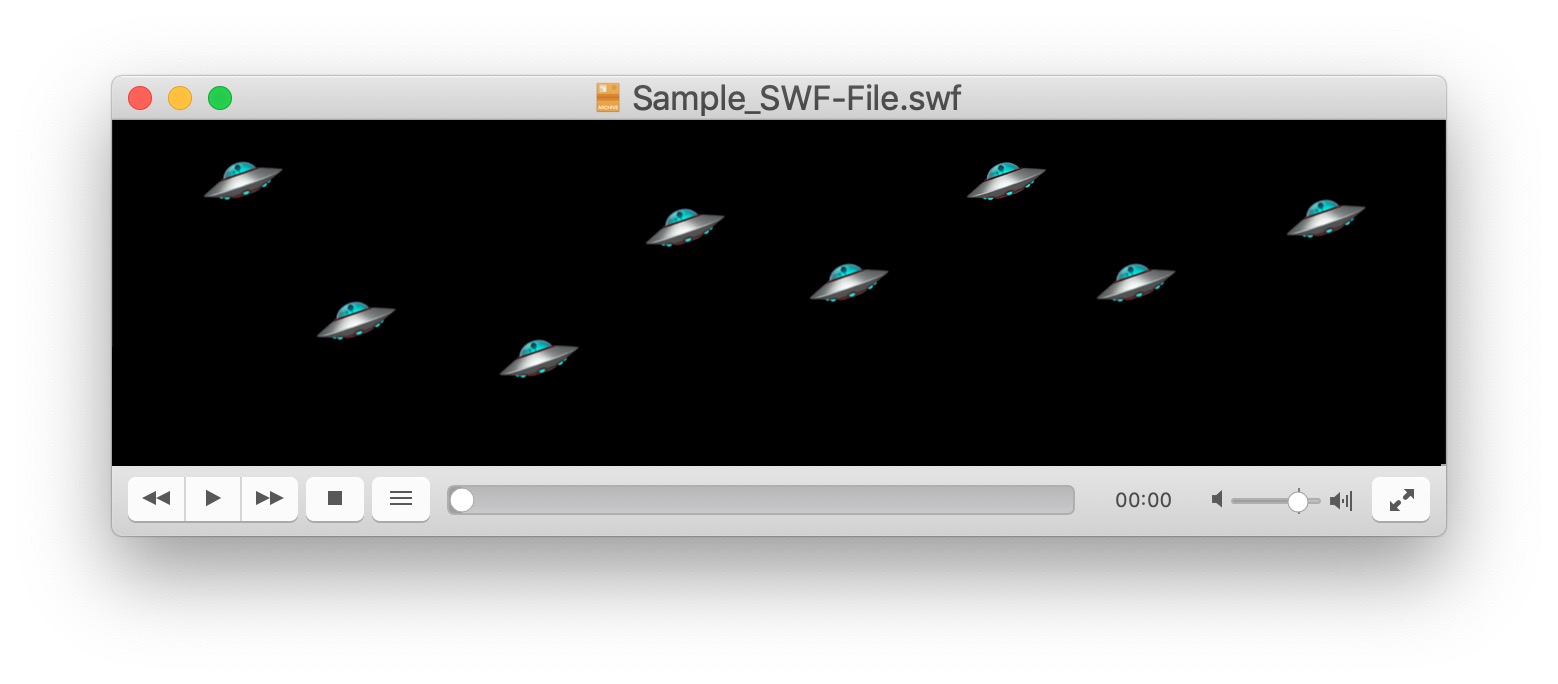Flash movie player free download - Adobe Flash Player, Macgo Free Media Player, Macvide Flash Player, and many more programs. Play Flash files on your Mac. Free User rating. Publisher: Macvide. The 26.0.0.161 version of Flash Player for Mac is available as a free download on our website. The software relates to Internet & Network Tools. Our built-in antivirus scanned this Mac download and rated it as virus free. Flash Player 10.1 is Adobe's last version of the popular Flash player. It allows Mac OS X users to play Flash content both on apps and web sites. This last version is significant, as it comes with several new features and, most importantly, is expected to make the Flash-watching experience a better one.
Adobe Flash Player Free Download For Mac Os X 10.4 11
Adobe Flash Player is software used to view multimedia content on computers or other supported devices first released in 1996. Users looking for an application to play audio and video would download Flash Player and those who want to play a wide variety of browser games. Flash technology enables users to view media and animations in greater detail, so video games are more immersive. There are currently over 20,000 apps in the Apple and Android mobile stores that require some type of flash technology to run smoothly, as well as some of the most popular Facebook games in the gaming section. Certain webcams and microphones also require the flash technology and the functions are enabled once the users have accepted the permissions.
Software to view multimedia has long been surpassed by competitors
Outdated, unsafe software has met its end-of-life
In its prime, Flash Player was a must-have. At one point, the software was required to run most interactive applications on the internet. The software is a runtime, or a system that describes the library that coding language runs on. It works by running content from SWF files, which is an Adobe specific file format for multimedia and animations. There are a number of reasons that Flash Player was so popular, one being that flash files were very small. This meant that loading times for games and other software that needed Flash to run were shorter. When it was first released, the browser plugin was free so it was incorporated into a lot of web browsers. Once embedded into a website's GUI, it morphed the site from flat into exciting and interactive. YouTube, the most popular video sharing website around, was one of the many websites that used to be powered by Flash Player. To this day, a lot of animators still use Flash in their animation software because it is simple to learn how to use.
Although Flash Player was the backbone of the internet, due to a lot of privacy and security concerns most users have moved away from using it. Flash supports the use of local shared objects which, like cookies, store user data and can be potentially problematic if a lot of web browsing information is compiled over time.
Due to the amount of moving parts, playing games or using software that has Flash will drain your device battery significantly, which is a hassle since it's not good to constantly have your devices plugged into a charger will in use. If you have an iPhone, you won't be able to use anything that has Flash in it as none of the devices support it due to the repeated security issues and because it isn't really open sourced. Use of the software is more trouble than it is worth, and because of this, Adobe recently announced that it will end updates and distribution of the flash player at the end of 2020. The main reasons for the death of the software are that competitors are now lightyears ahead of Flash in terms of functionality and what is offered, and that plugins, in general, are dying out. HTML5 is becoming more and more widely used as it needs less processing power and doesn't require any plugins. Adobe went on to say that other big tech companies with products that once worked in conjunction with Flash, have come together and agreed to phase out the software altogether unless it is essential to the core of the technology.
Where can you run this program?
Adobe Flash Player can be run on some versions of Windows, Mac, Linux, and their respective browsers. It is also available on Android devices up to Android 4.3. Adobe announced in 2012 that it would no longer be releasing updates for Android devices. Since Flash Player is due to end-of-life and the end of 2020, many mobile and desktop platforms are no longer including the newer versions of Flash in their software updates.
Is there a better alternative?
HTML5 is the best alternative to Adobe Flash Player. The latest versions of Chrome, Opera, Safari, and Firefox all support HTML5, and most developers are moving in that direction. YouTube is another big name that has incorporated HTML5 into its video player, and most mobile iOS and Android mobile devices have software that works well with it. It already comes with most things that it needs to be supported by a browser, but Flash Player needs to have a plugin installed. HTML5 is open sourced and anybody can continue to improve it, though it is already very secure and lightweight. Adobe itself has encouraged the use of this software as the best alternative.
Our take
Adobe Flash Player is dead in the water. It is outdated, not secure, and always seems to be at risk of being hacked. Software and games that use the flash player will soon have other programs that will take its place, if it hasn't happened already.
Should I download it?
No, we do not recommend downloading Adobe Flash Player. Since Adobe announced that it will no longer be updating the flash player, there is no reason to continue to install older versions as there are safer, more secure, and better-performing options. Times have changed and software has far surpassed what Flash is capable of.
32.0.0.207
Adobe Flash Player is a free software plug-in used by web browsers to view multimedia, execute rich Internet applications, and stream video on your Mac.
Adobe Flash Player is the most popular multimedia player plug-in available. However, recently there have been security concerns which has threatened its popularity as users seek safer alternative solutions. Opera, Firefox and Chrome contain built-in versions of Flash running in sandbox mode. This method is safer than running Flash as a plugin. However, currently the reality is that you still may need the Adobe Flash Player on your Mac because many websites will not work well if you uninstall it. Here I’ll show you how to install Adobe Flash Player and how to set it up correctly.
How to install Adobe Flash Player on your Mac.
1. Go to http://get.adobe.com/flashplayer/ to download the Adobe Flash Player installer.
2. By default, the installer package will be downloaded to your “Downloads” folder.
3. Select the file on your Mac and double click to install it.
4. Select “Allow Adobe to install updates (recommended)” and click “DONE” to complete the installation.

If you installed Adobe Flash Player, but still cannot view online videos on certain websites, you need to check Adobe Flash Player on your browsers.
How to set up Adobe Flash Player on various browsers.
Safari
1. Launch Safari and go to the Apple menu bar and click Preferences.
2. Select the Websites tab and select On for “When visiting other websites.”
3. Refresh the browser tab, or restart the browser.
Google Chrome
1. Launch Chrome and type chrome://settings/content in the address field.
2. Select “Ask first (recommended)” and turn it on.
3. Refresh the browser tab or restart the browser.
Opera
1. Launch Opera and go to the Apple menu bar and click Preferences.
2. Select the Websites tab and then select “Allow sites to run Flash”
3. Refresh the browser tab or restart the browser.
Firefox
1. Launch Firefox and go to the Apple menu bar and click Tools – Add-ons.
2. Click the Plugins tab and turn the “Shockwave Flash” to “Always Activate.”
Note: (SWF (Shock Wave Flash) is a special format created by Macromedia, which has been acquired by Adobe. It is widely used in web design, animation production and other fields.)
For enhancing the user experience and security, Adobe is always trying to improve Adobe Flash Player. However, sometimes when you view a website, a Flash Player upgrade popup appears. Most people would click the “update” button to update their Flash Player, but this could be a false popup used by hackers to compromise your Mac. This is a method hackers use to trick you into downloading adware and malware through a false popup.
Be careful and don’t trust any automatic updates of Adobe Flash Player. Here I will tell you how to install real Flash Player updates and set it up.
How to update Flash Player on Mac safely
1. Go to the Apple menu bar and select System Preferences.
2. Select Flash Player.
3. Select the Updates tab and select “Allow Adobe to install updates (recommended)”. (Note: The Flash plug-in is officially updated 1~2 times a month, so selecting this option avoids frequent update.)
Adobe Flash Player For Mac Os
4. You may now notice that the Flash Update settings now shows NPAPI and PPAPI plugins. Let me explain them.
NPAPI – used by Safari, Firefox
Flash Player Free Download Mac Os X 10.5.8
PPAPI – used by Chromium, Opera and Chrome (Chrome’s implementation is built in)
5. Click Check Now to confirm that you currently have the latest version installed.
If you had clicked a false popup and downloaded adware, don’t worry, the Apple App Store has many antivirus apps, such as Trend Micro’s Antivirus One, that you can use to do a free scan.
Follow the steps below in case you downloaded a fake Adobe Flash Player.
1. When you first install Antivirus One, click “Pattern Update” to make sure your virus pattern is up to date. We suggest you update the virus pattern every day.
2. After the first installation, we highly suggest you perform a full scan of your Mac to check all files for possible infections. The Full scan will take more than one hour.
3. If you still find adware and a full scan has not found any viruses, we recommend you use Adware Cleaner. You can access Adware Cleaner in the left panel of the Antivirus One window.
How to uninstall Adobe Flash Player
Adobe Flash Player for the Mac is a plug-in, not a Mac OS X application. When you try to uninstall Adobe Flash Player from your Mac, you might find that this plug-in is not so easy to delete. For example, you might see this message:

Cannot find Adobe Flash Player in your Applications folder.
In this case, Adobe Flash Player could not be removed and no reason was given. The following steps show how to uninstall Adobe Flash Player with no remaining parts.
1. Go to the /Applications/Utilities/ folder on your Mac and double-click the Adobe Flash Player Install Manager app.
2. Click Uninstall to begin the process.
3. Type the password and click Install Helper.
4. If your browser is running, the following window will appear. Select “Force Close All” to continue.
5. After the uninstaller removes the Adobe Flash software from your Mac, click Done.
Related posts:
